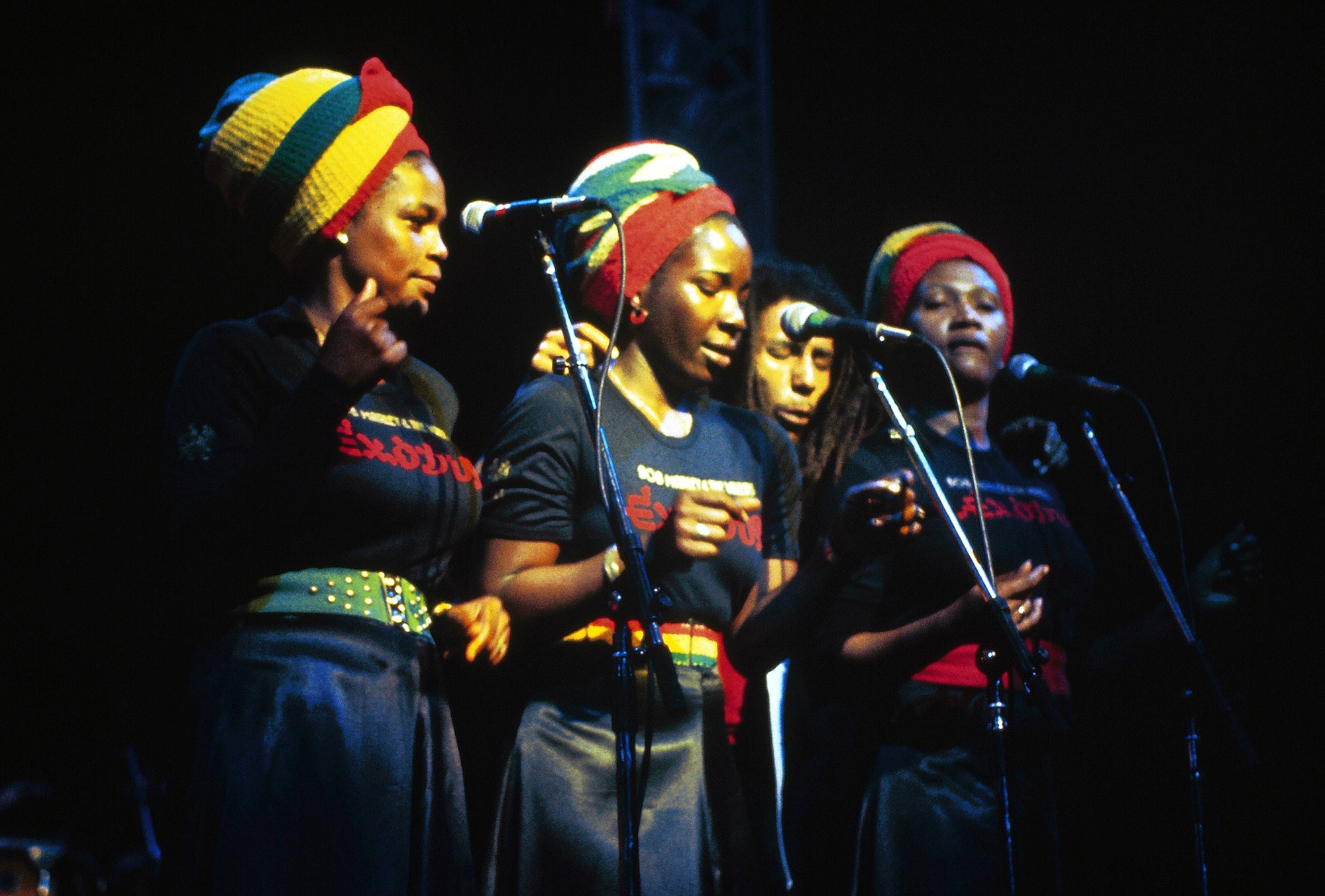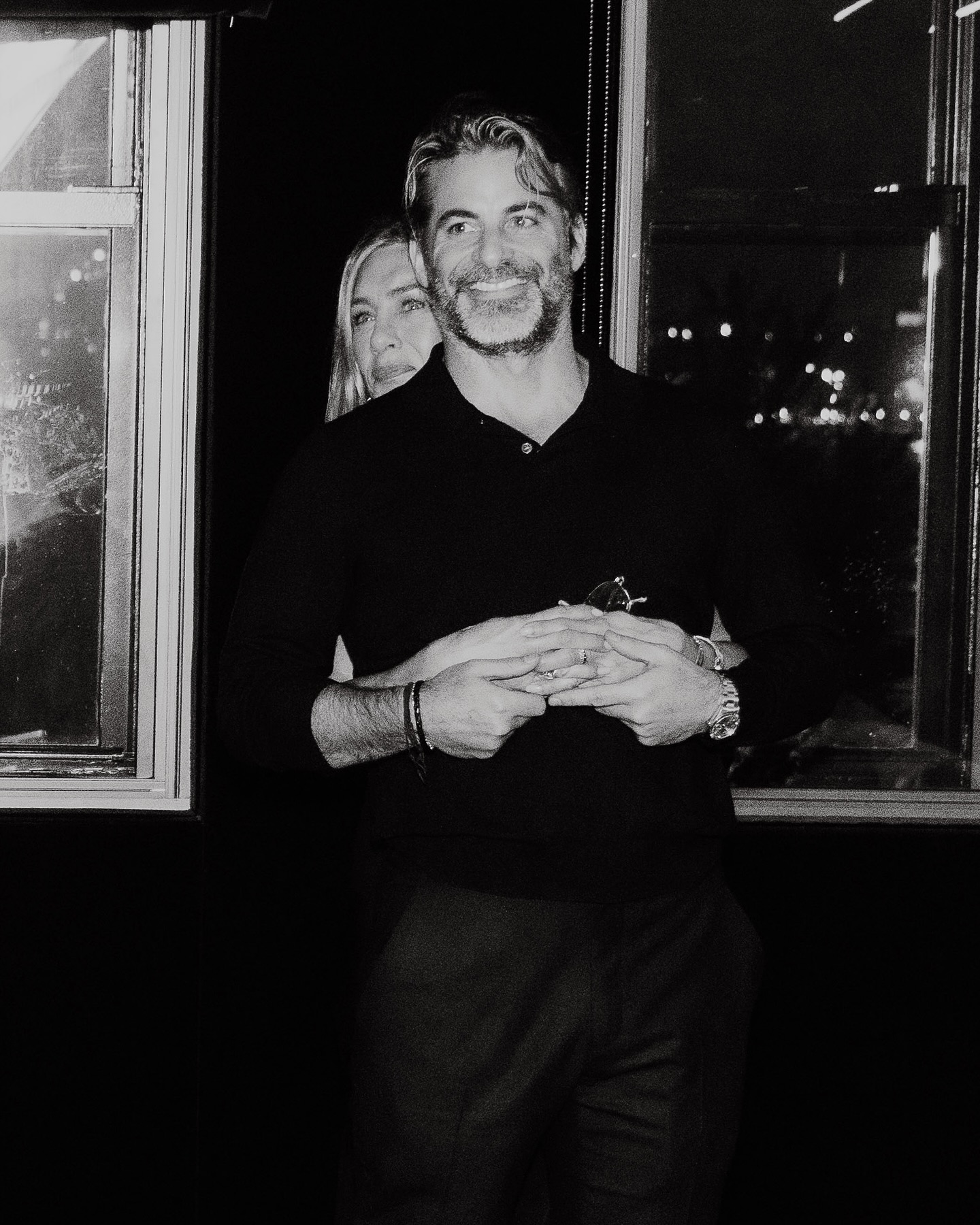The Untold Tale of Rita and Bob Marley | Vanity Fair

By Arimeta Diop
With a sub-two-hour run time, Bob Marley: One Love is an airy survey of the poet-musician’s final years. It chronicles everything from the 1976 attempt on Marley’s life to his death in 1981, which followed a battle with acral lentiginous melanoma, at the age of 36. In flashbacks and a few scenes from the later years, the film depicts the marriage between Bob (played by Kingsley Ben-Adir) and Rita Marley (played by Lashana Lynch), but breezes over some key points. Here, we take a closer look into a relationship that was as turbulent as it was fruitful.
Bob and Rita grew up in the same neighborhood of Trenchtown in Kingston, Jamaica—and as the film makes clear, the two shared a love of music. But what isn’t fully portrayed is that Rita was an aspiring musician in her own right. As a teenager, she formed a musical group called the Soulettes alongside her cousin, Constantine Walker, and their friend, Marlene Gifford. She met her future husband through the group: Bob coached the trio on vocals and record-making. Though Rita described Bob as a “tough boss,” he was shy in courting her. “He was sending his letters through his friends, not by himself, through his friends, to say that he liked me and wanted to come over and talk,” she recalled in a 2021 interview with Rolling Stone.
The two married in 1966, when Rita was 20 and Bob was 21. That year was foundational in their relationship, as it’s also when then emperor of Ethiopia, Haile Selassie—who in Rastafarian beliefs is viewed as a reborn messiah—visited Jamaica on what would become a holy day for Rastas, Grounation Day.
Bob was away from the island at the time, temporarily working and living in Delaware with his mother. But Rita saw the royal with her own eyes, and this event solidified her faith. “When Selassie’s motorcade passed by me in 1966, and he waved, and I saw the nail prints in his hands—just like Christ’s—I knew my course. That’s my struggle, those are my concerns,” she explained to The Washington Post in 1982. That interview suggests that the couple was already on a spiritual journey, with Rita pointing out that Bob was teaching her to “recognize my identity and understand my place in Creation.” As One Love makes clear, it was ultimately Rita who introduced Bob to and encouraged him to join the Rastafarian faith that would be so crucial to the rest of his life and career.
Later scenes show the brood of children the couple had, but they gloss over the fact that Rita was already mother to a 15-month-old daughter when they tied the knot. Bob adopted the girl, Sharon. The pair had Cedella, their first child together in 1967; David, a.k.a. “Ziggy,” was born the following year; their third, Stephen, was born in 1972.
The film has one blink-and-you’ll-miss-it scene wherein Cindy Breakspeare, a Miss World winner played by Umi Myers, gazes at a foregrounded Bob while his entourage is in the recording studio. It’s a subtle nod to his extramarital relationship with her, as well as the affairs both Rita and Bob had throughout their marriage. Rita’s dalliance with Jamaican soccer player Owen “Ital Tacky” Stewart resulted in a child, Stephanie, who was born in 1974 and adopted by Bob. Bob, too, fathered children out of wedlock: He had a son named Rohan in 1972, with Janet Hunt; a daughter named Karen in 1973, with Janet Bowen; a son named Julian in 1975, with Lucy Pounder; a son named Ky-Mani in 1976, with Anita Belnavis; and a son named Damian in 1978, with Breakspeare.
Toward the end of the film, we see a jealous confrontation between Bob and Rita, giving Lynch and Ben-Adir a chance to deliver one of the movie’s most riveting scenes. By this point in Bob and Rita’s actual relationship, though, it is likely that their marriage had moved into a different arrangement. Roger Steffens, historian, and author of So Much Things to Say: The Oral History of Bob Marley, says their romantic bond had changed: “Rita Marley has said that throughout their touring years, she was more like Bob’s mother, taking care of him while having love affairs of her own.” While battling cancer and traveling for treatments, the musician was surrounded by family—leading, at one point, to Rita serving breakfast in bed to Bob and Breakspeare, his girlfriend at the time.
In the film, one of the last times we see Rita and Bob together is when he learns of his cancer diagnosis, and the gift he’d received from Prince Asfa Wossen of Ethiopia: a ring that Bob would purportedly never remove. The weighty import of the accessory, with its thick gold band and a lion set against an onyx background (a royal heirloom apparently, containing pieces of the ring once worn by King Solomon himself), goes back to the religious reverence of Emperor Haile Selassie. In this moment, the film captures a sentiment of tenderness as Rita washes Bob’s hair, calling to mind a baptism. Bob’s actual baptism into the Ethiopian Orthodox Church took place in New York a year before his death and was administered by His Eminence Abuna Yesehaq, who would also preside over the musician’s funeral in 1981.




